1) Can you explain what service design is? And how your company implements it / uses that field?
For me service design is about talking with and observing people to understand how well their needs are being met. Due to limited time and resources, the public sector can generally only meet the needs of the average citizen which leaves a large segment of the population with unmet needs. Despite this limitation, more can be done to meet the needs of a wider range of citizens. I have sat in far too many meetings where policy elites tried to guess what their target audience/users want or need. This is where my work comes in. I often use service design to improve public services through design activism, or more formally as a civic innovation consultant. This means I engage with a wide range of stakeholders including public managers, concerned citizens, and non-profit organizations to nudge projects towards a more design centered approach. I spend a lot of time in meetings like those mentioned above suggesting we start talking to people and test our ideas out. I then develop design projects to that end.
2) What do you believe is the greatest opportunity for your company using service design?
I think one of the most interesting places to take service design in the public sector is to more abstract areas. For example, looking at a concept like volunteerism in your community and imagining how that is a service and a system. By doing this, you can begin to find what the obstacles are for people who want to volunteer but also how their volunteering could have a greater impact.
3) Can you share three tips for implementing service design in their own practice?
1. (This tip may not be relevant for everyone) I know many people advocate for making sure that those you work with clearly understand your methods and process, but I find that if you are working effectively, your work will speak for itself without you having to constantly push a design agenda. In other words, people will naturally become excited by design if you are doing it right and an interest in your methods and process will develop organically. This is especially important in a field like the public sector where so many agendas collide and people are often suspicious of your motivations. The beauty of service design is that, when done properly, it creates an environment where agendas can be pushed aside for the greater good.
2. Get as many stakeholders involved and invested in your projects as possible. If you do this, projects won’t die once you leave.
3. Delve deeper with your user research. Too much user research merely skips across the surface. The common service design wisdom is that if you start seeing a consistent problem when speaking with or observing people then you are onto something. This is because user research has rarely been done in the first place so you are finding the obvious problems. Finding significant and deep rooted problems can be a much more difficult endeavor. Issues such as representativeness and reflexivity are often disregarded among researchers. As such, the work suffers.


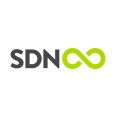
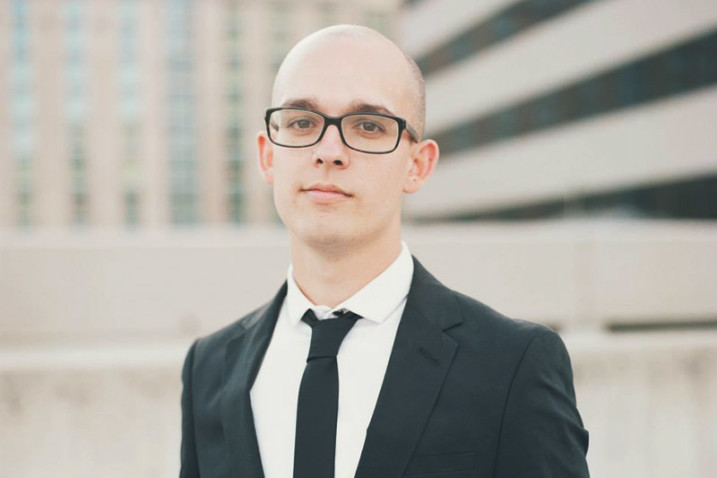

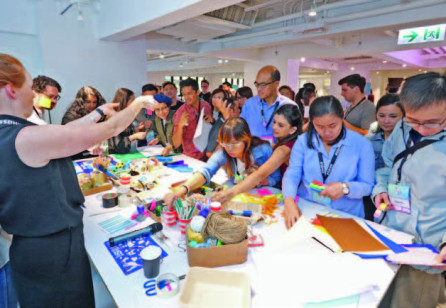
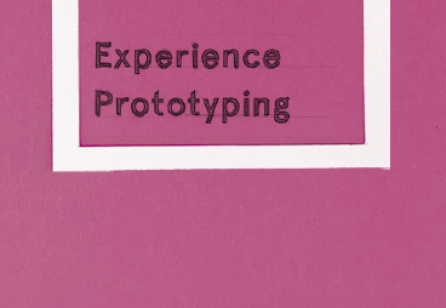
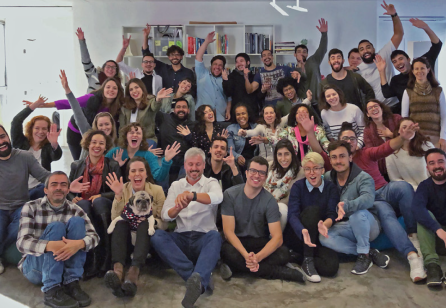

Share your thoughts
0 RepliesPlease login to comment